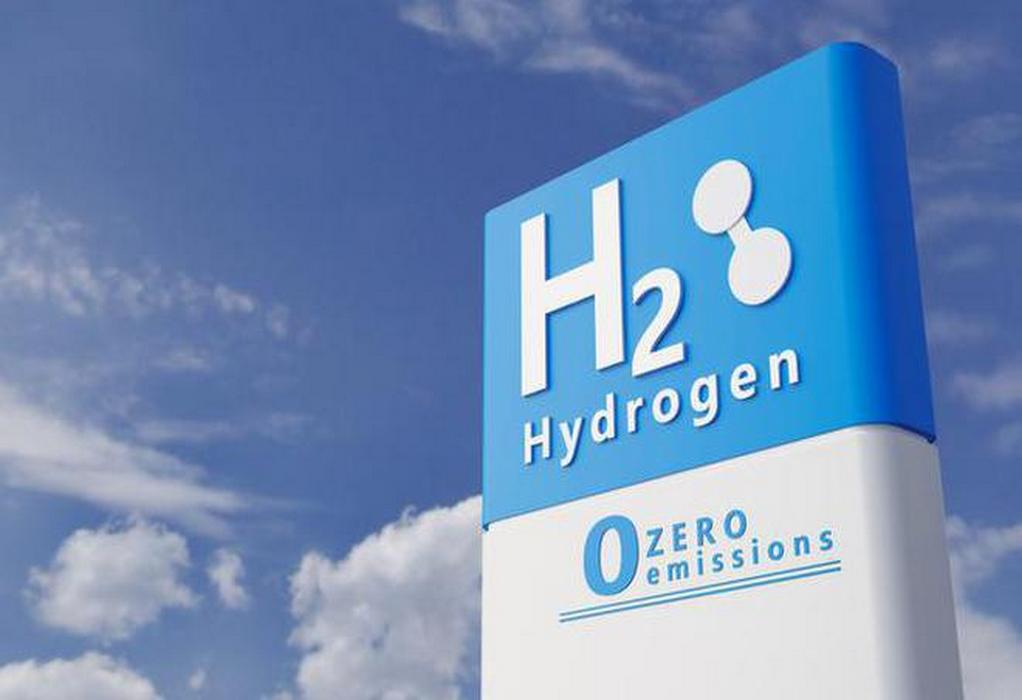The Ørsted-led Green Fuels for Denmark consortium has received the European Commission’s Important Project of Common European Interest (IPCEI) designation, allowing it to receive state aid.
A large-scale Danish project for green hydrogen production for shipping has received the green light for government subsidies.
In addition to offshore wind powerhouse Ørsted, the group behind the project includes Maersk and DFDS, as well as logistics company DSV and air carrier SAS.
The planned project will be located in the Copenhagen area, and its initial production capacity would be small – just 1,000 tonnes a year of hydrogen for over-the-road transport in 2023. However, it would grow quickly and shift focus by 2025, when it would begin putting out 50,000 tonnes a year of green methanol for bunker fuel and e-kerosene for jet fuel. Its capacity would hit 100,000 tonnes a year in 2027 and – eventually, at full buildout – a total of 275,000 tonnes.
The production from the fully scaled facility would reduce annual carbon emissions by 850,000 tonnes. Ørsted would leverage offshore wind power from Rønne Banke off the island of Bornholm to provide the 1.3 gigawatts of energy the complex would need at full buildout.
DFDS is also a partner in the Power-to-Ammonia project, based on the west coast of Denmark. It aims to produce around 50,000 tonnes of green ammonia – a leading alternative to green methanol – as early as 2026.
Tags: DSV, Green Fuel, Maersk, Ørsted, Shipping



Recent Posts
Port of Brisbane Unveils Vision 2060 to Drive Smarter, Cleaner, and More Connected Future
Wärtsilä to Deliver Hybrid Propulsion Systems for Vertom Group’s New Low-Emission Vessels
Latvian port receives electric Konecranes Gottwald Mobile Harbor Crane
Sustainable Ocean Economy Vital for Human Development, Says UNDP at UN Ocean Conference
Green Hydrogen Costs in India Could Drop by 40%, Says IEEFA-JMK Report
Cavotec Secures €1.55 Million Shore Power Contract for Port of Antwerp-Bruges
APM Terminals and SANY Marine sign landmark agreement to accelerate decarbonisation
The Port of Gothenburg takes big step towards shore power connection for container and car/RoRo vessels